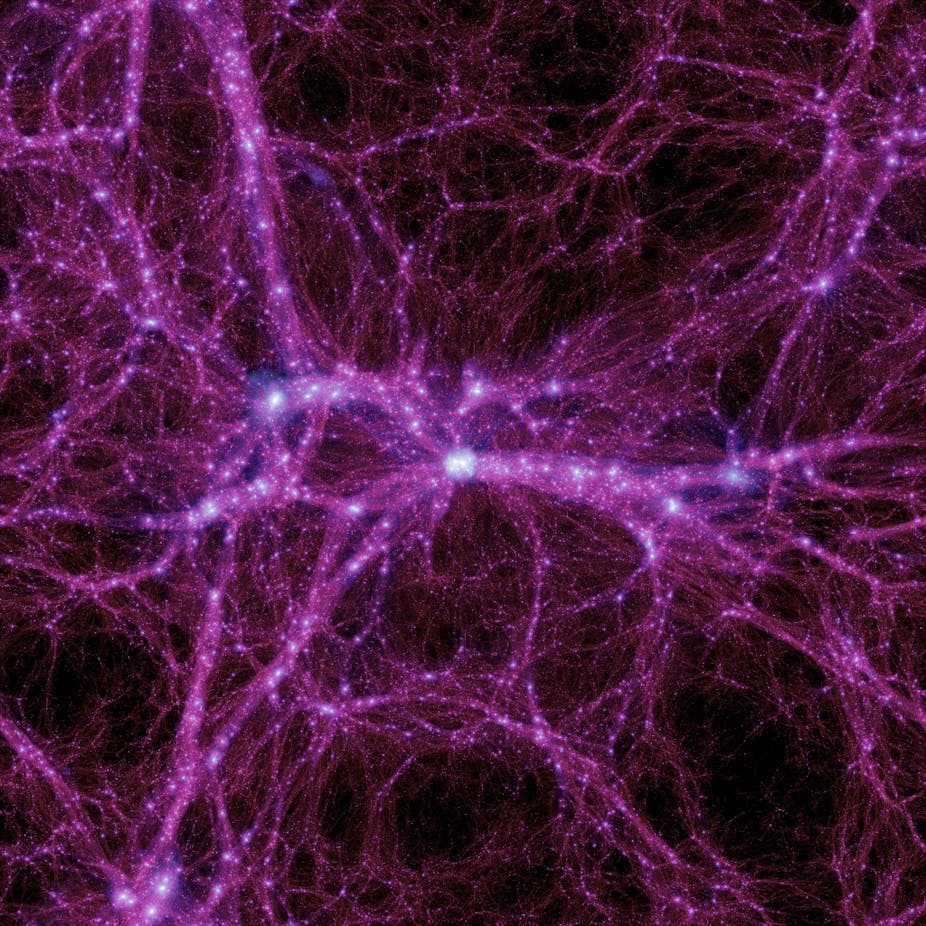Australian astronomers have shed new light on the cosmic filament that binds the Milky Way together, providing new clues on how the galaxy is formed and how it grows.
The Milky Way, home to our solar system, contains ancient balls of stars called globular clusters.
“We looked at these ancient balls of stars and found that rather than being scattered all around the sky, they are confined to a band on the sky which in three dimensions is a plane, like a sheet of paper round the Milky Way,” said Dr Stefan Keller from the Australian National University’s Research School of Astronomy and Astrophysics, who made the discovery with fellow ANU astronomers Dr Dougal Mackey and Professor Gary Da Costa.
“Imagine the Milky Way as an orange and then you have a piece of paper that cuts straight through it,” he said.
Dr Keller described the plane as the umbilical cord that has nurtured the Milky Way since its was formed.
“It’s through that plane the Milky Way has grown as it consumes smaller galaxies which get fed to it by gravity,” he said.
“What we have discovered is evidence for the cosmic thread that connects us to the vast expanse of the Universe.”
What’s it all mean?
New information about how ‘ordinary matter’ – meaning galaxies, stars and planets – are organised in the Universe could help unlock one of the great mysteries in space: dark matter.
About 90% of the Universe is made up of dark matter, but nobody knows what it is.
“We know it’s there because it has gravity but we can’t see it. What we do see is the stars and galaxies forming on top of the dark matter. Wherever the dark matter clusters, we expect the stars to cluster,” said Dr Keller.
“We have to understand how dark matter clumps together and moves about and that’s not easy because we don’t know what it is.”
A better understanding of the non-dark matter material is essential in that quest, he said.
A new wide field survey telescope called SkyMapper located near Coonabarabran will soon deliver images of previously undiscovered galaxies in the southern sky, giving astronomers more data on which to test theories.
“Most astronomers are in the northern hemisphere so the southern sky has been the subject of less research. There could be a series of small galaxies lurking out there that we don’t know about,” said Dr Keller.
“With SkyMapper, we aim to cover the entire southern sky and scrutinise all the stars of the southern sky and trace the filament we have recorded here in more detail.”
The ANU paper will be published in the October edition of Astrophysical Journal and has been posted on the open access repository Arxiv.

